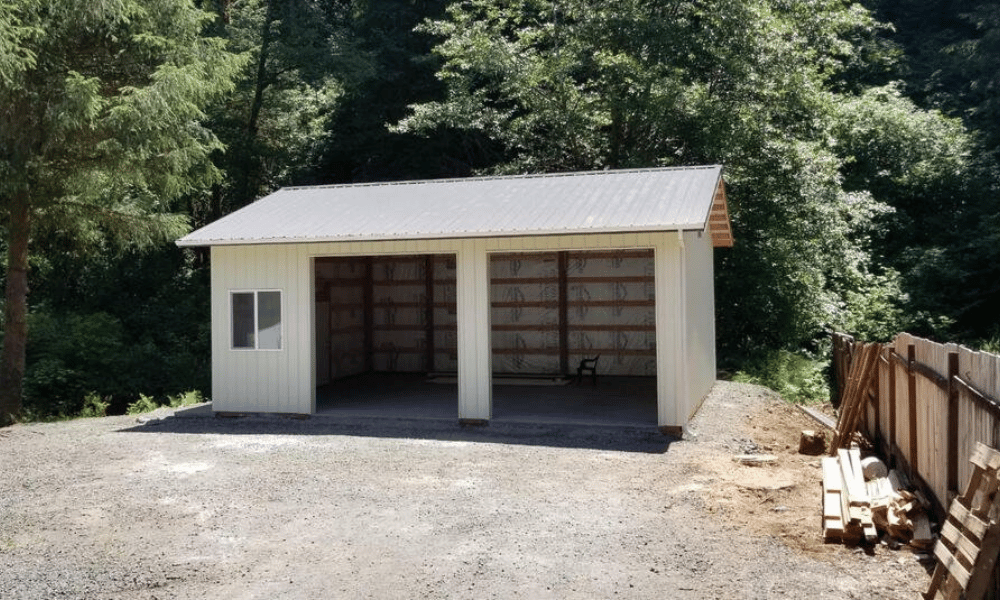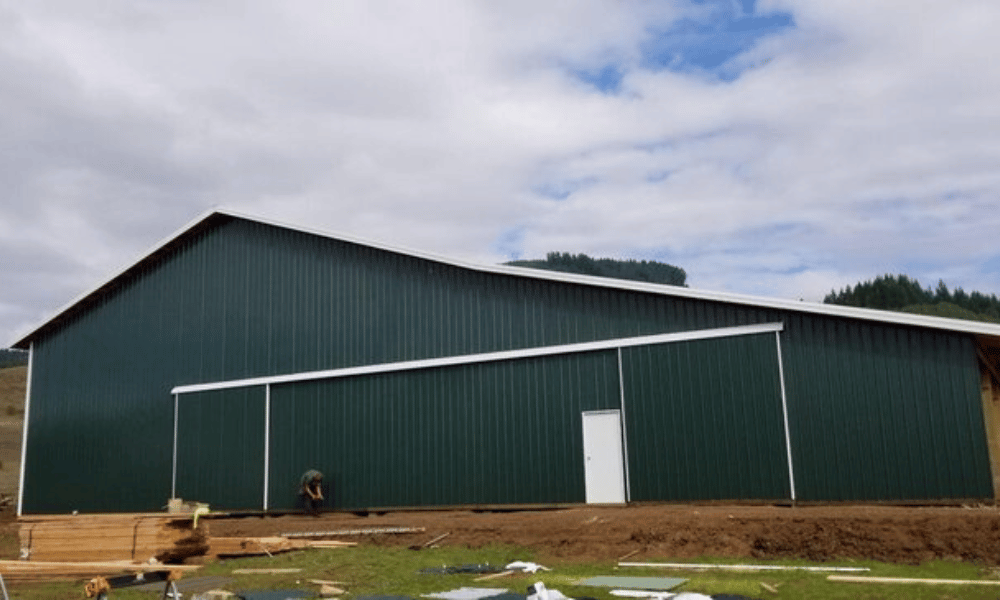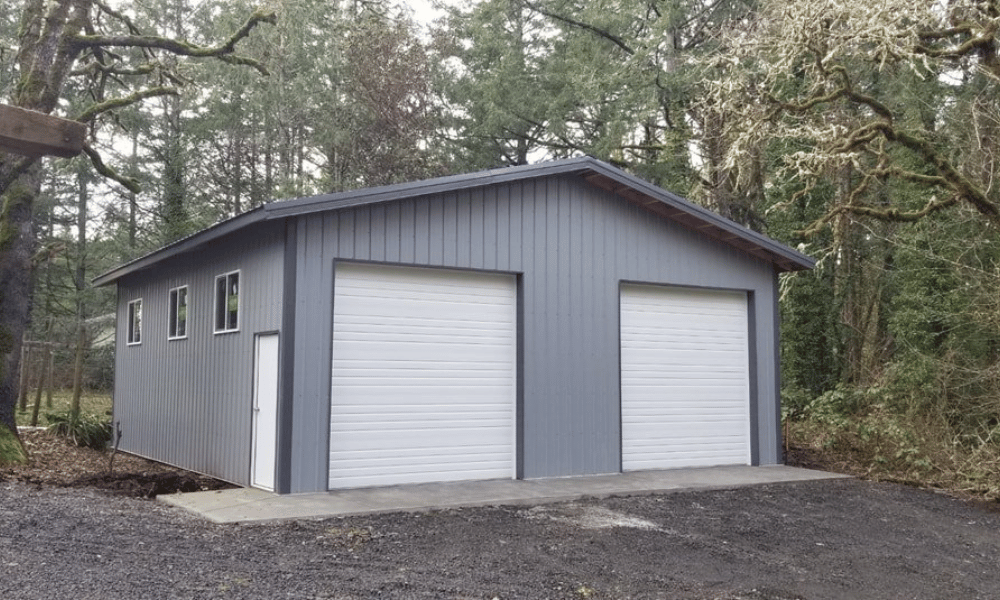Constructing a pole building can be an exciting and rewarding endeavor, whether you’re aiming to create a garage, barn, workshop, or any other type of structure. Not only do these buildings generally cost less than traditional construction methods, but they also offer flexibility in design. In this comprehensive guide, we’ll walk through the entire process of constructing your own pole building from the ground up.
Understanding Pole Buildings
What are Pole Buildings?
Pole buildings are structures that utilize posts as their primary support system. Unlike conventional buildings that rely on a foundation with footings, pole buildings have vertical poles set directly into the ground or anchored into concrete. This method allows for open interior spaces without the need for load-bearing walls.
Advantages of Pole Buildings
Pole buildings present numerous advantages:
- Cost-Effective: Generally cheaper materials and construction methods. Versatility: Can be used for various purposes—storage, workshops, barns. Speed of Construction: Faster assembly due to fewer materials and simplified framing. Customizable: Easily tailored to specific needs and preferences.
Common Uses for Pole Buildings
Pole buildings are incredibly versatile and can serve various functions:
Agricultural storage (grain bins, livestock shelters). Commercial facilities (retail spaces, warehouses). Residential applications (garages, hobby shops). Recreational purposes (man caves, art studios).Planning Your Pole Building Project
Step 1: Define Your Purpose
Before diving into construction, it’s critical to determine what you’ll use your pole building for. Is it a simple garage or a full-fledged workshop? Understanding its purpose will help you make informed decisions about size and layout.
Step 2: Check Local Regulations
Every region has specific zoning laws and building codes that dictate what you can construct and where. Always check with your local government regarding necessary permits before starting your project.
Step 3: Budgeting Your Build
Establishing a budget is essential to avoid overspending. Consider costs for materials, labor (if hiring), permits, and unexpected expenses.
Designing Your Pole Building
Step 4: Drafting Plans and Layouts
Once you've defined the purpose and budgeted appropriately:
- Sketch initial designs. Consider dimensions based on intended use.
Example Layout:
| Area | Dimensions | |---------------------|-------------------| | Main workspace | 30’ x 40’ | | Storage area | 15’ x 20’ | | Office space | 10’ x 10’ |
Step 5: Choosing Materials
Decide on materials based on durability, maintenance needs, and aesthetics:
- Wood vs. metal posts Roofing options (metal roofing is popular) Siding materials (wood panels or steel)
Preparing for Construction
Step 6: Gathering Tools Required
You’ll need various tools throughout the construction process:

- Power tools (drill, saws) Hand tools (hammer, level) Safety gear (gloves, goggles)
Step 7: Site Preparation
Clear your site thoroughly before construction begins:
Remove debris. Level the ground if necessary. Mark out boundaries using stakes and string lines.Constructing Your Pole Building Foundation
Step 8: Setting Poles in Place
Now comes the core structural work:
Dig holes for each post based on your layout. Set posts ensuring they’re plumb using a level.Tip:
For added stability, consider using concrete footings.
Step 9: Bracing the Structure
Once poles are set:
- Use temporary braces to keep them aligned while constructing horizontal beams.
Building the Frame of Your Pole Structure
Step 10: Installing Horizontal Beams
Connect vertical poles with horizontal beams at desired heights; this forms the framework of your wall structure.
Step 11: Adding Roof Trusses
Next up is roof installation:
Prepare trusses based on your design. Secure them at equal intervals along the top beams.Enclosing Your Pole Building
Step 12: Installing Siding Material
Choose siding material that complements your aesthetic preference while providing insulation as needed:
Attach panels securely to frames. Ensure gaps are sealed properly to prevent water intrusion.Step 13: Roofing Installation Techniques
Follow these steps when installing roofing material:
Lay down underlayment if required by choice of roofing. Secure panels from lowest part up to allow runoff protection.Finishing Touches on Your Structure
Step 14: Doors and Windows Installation
A well-designed pole building should include functional doors and windows:
Choose sizes that cater to access needs. Securely install them ensuring they’re weather-tight.Step 15: Electrical Wiring & Plumbing Options
Depending on usage, integrating electrical wiring may be necessary:


Finalizing Construction on Your Pole Building
Step 16: Interior Finishing Touches
After completing exterior work:
Install insulation if required. Finish flooring according to planned usage (concrete slab vs wooden floor).Maintaining Your New Pole Building
Regular Maintenance Tips
To ensure longevity consider these maintenance practices:
- Inspect annually for wear or damage. Repair any siding or roofing issues promptly.
FAQs About Constructing Your Own Pole Building
Q1: What is the average cost of constructing a pole building? A1: The cost varies widely depending on size and materials but generally ranges from $15-$50 per square foot.
Q2: Do I need a permit to build a pole building? A2: Yes! Always check local regulations regarding permits before starting any construction project.
Q3: How long does it take to build a pole building? A3: Depending on complexity and size, it https://pastelink.net/5vqznay1 could take anywhere from several days to weeks for complete construction.
Q4: Can I get insurance for my pole building? A4: Yes! Contact your insurance provider for details regarding coverage options available for non-residential structures.
Q5: Are there any specific designs recommended for extreme weather areas? A5: Yes! Consult local builders familiar with regional conditions who can provide recommendations tailored specifically for your climate challenges.
Q6: Is it better to hire professionals or DIY? A6: It depends on your experience level; if you're skilled in construction techniques — DIY may be viable; otherwise hiring professionals can save time & ensure quality workmanship!
Conclusion
In conclusion, constructing your own pole building is not just an achievable goal; it's an opportunity to craft something tailored precisely to fit your needs—whether that's agricultural storage or creative space! With careful planning and execution following this step-by-step guide, you'll find yourself with a sturdy structure ready for years of use ahead!
By embracing this challenge head-on while adhering closely along outlined steps provided herein—what might initially seem daunting becomes both manageable & satisfying! So grab those tools & get started today; there’s no better time than now!